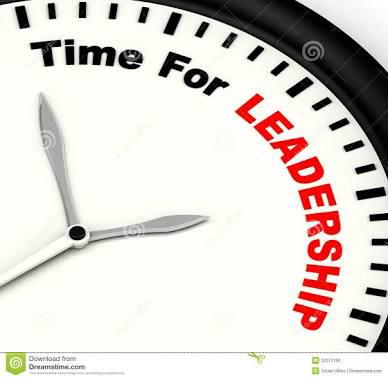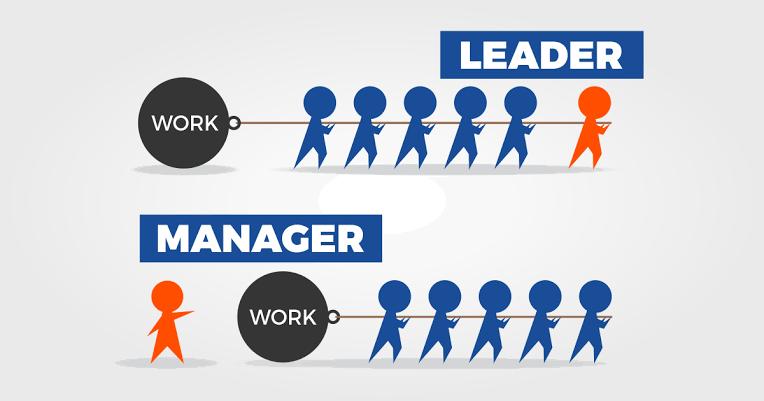Social media is a phrase that we throw around a lot these days, often to describe what we post on sites and apps like Facebook, Twitter, Instagram, Snapchat and others.
But if we use the term to describe a site like Facebook, and also a site like Digg, plus a site like Wikipedia, and even a site like I Can Has Cheezburger, then it starts to get more confusing. Just what is social media anyway?
The term is used so vague that it can basically be used to describe almost any website on the internet today.
Or maybe not. Some people have more of a restricted view of social media, often equating it to mean the same as social networking (a.k.a. Facebook, Twitter, etc.). Other people don’t consider blogs to fall under the social media category.
1. So, What Is Social Media?
Rather than define the term using a bunch of boring jargon that would probably only complicate things further, perhaps the best way to get a clearer understanding of it is to break it down into simpler terms. To start, let’s look at each word individually.
- The “social” part: refers to interacting with other people by sharing information with them and receiving information from them.
- The “media” part: refers to an instrument of communication, like the internet (while TV, radio, and newspapers are examples of more traditional forms of media).
- Okay, so from these two separate terms, we can pull a basic definition together:Social media are web-based communication tools that enable people to interact with each other by both sharing and consuming information.
Yes, it’s a broad definition – but keep in mind that social media is a very broad term. This is likely as specific as we can get without zeroing in too much on a more specific subcategory of social media.
2. Common Social Media Features
The following list of common features are dead giveaways of a social media site.
If you’re questioning whether a particular site could be classified as social or not, try looking for at least one of these features.
- User accounts: If a site allows visitors to create their own accounts that they can log into, then that’s a good sign there’s going to be social interaction. You can’t really share information or interact with others online without doing it through a user account.
- Profile pages: Since social media is all about communication, a profile page is often necessary to represent an individual. It often includes information about the individual user, like a profile photo, bio, website, feed of recent posts, recommendations, recent activity and more.
- Friends, followers, groups, hashtags and so on: Individuals use their accounts to connect with other users. They can also use them to subscribe to certain forms of information.
- News feeds: When users connect with other users on social media, they’re basically saying, “I want to get information from these people.” That information is updated for them in real-time via their news feed.
- Personalization: Social media sites usually give users the flexibility to configure their user settings, customize their profiles to look a specific way, organize their friends or followers, manage the information they see in their news feeds and even give feedback on what they do or don’t want to see.
- Notifications: Any site or app that notifies users about specific information is definitely playing the social media game. Users have total control over these notifications and can choose to receive the types of notifications that they want.
- Information updating, saving or posting: If a site or an app allows you to post absolutely anything, with or without a user account, then it’s social! It could be a simple text-based message, a photo upload, a YouTube video, a link to an article or anything else.
- Like buttons and comment sections: Two of the most common ways we interact on social media are via buttons that represent a “like” plus comment sections where we can share our thoughts.
- Review, rating or voting systems: Besides liking and commenting, lots of social media sites and apps rely on the collective effort of the community to review, rate and vote on information that they know about or have used. Think of your favorite shopping sites or movie review sites that use this social media feature.
3. What’s the Difference Between Social Media and Social Networking?
As mentioned earlier, a lot of people user the terms social media and social networking interchangeably as if they mean the exact same thing. Although the difference is subtle, they’re not the same. Social networking is really a subcategory of social media.
The easiest way to understand the difference between social media and social networking is by thinking about the terms “media” and “networking” separately. Media refers to the information you’re actually sharing–whether it’s a link to an article, a video, an animated GIF, a PDF document, a simple status update or anything else.
Networking, on the other hand, has to do with who your audience is and the relationships you have with them. Your network can include people like friends, relatives, colleagues, anyone from your past, current customers, mentors and even complete strangers.
They certainly overlap, which is why it gets confusing. For example, you can share media with your social network to gather likes and comments–a form of social networking. But you can also just upvote a link on Reddit, which is a social media platform, to help out the community and give your say in the matter without any intention of building relationships with other users.
Still confused? Try to think of social media like fruit. Apples, bananas, oranges, grapes, berries, melons and pineapples are all part of the broader fruit category the same way that social networking, social news, social bookmarking, wikis, blogs and private web messaging are part of the broader social media category.
4. How to use Social Media?
The possibilities are immense. Realising the importance of social media many companies have your mouth special budgets. Some of these are having in-house departments. But there are many others who are using the services of independent professionals. There is no doubt that the social media is Gowind exponentially. But we have to understand each of these platforms. We have to identify which are such areas which can give best results to us. Each platform have some special features. Audience on each of these platforms is also different. Their profiles are available and before it becomes necessary for professionals to understand and recommend to their clients accordingly.The way it is expanding there is no doubt that in times to come it will be considered as an important part of the advertising efforts. Accordingly the budget allotted to the social media efforts are bound to grow. Keeping that There are lots of training institutes who are running courses only for social media.
5. What Are Some of the Known Issues With Social Media?
Social media isn’t all just fun and games with your friends, celebrities you admire, and brands you follow. There are lots of common problems that most major social media platforms haven’t totally solved, despite their effort to do so.
- Spam: Social media makes it easy for spammers – both real people and bots – to bombard other people with content. If you have a Twitter account, you’ve probably experienced a few spambot follows or interactions. Likewise, if you run a WordPress blog, you may have gotten a spam comment or two caught by your spam filter.
- Cyberbullying/Cyberstalking:Children and teenagers are especially susceptible to cyberbullying because they take more risks when it comes to posting on social media. And now that we all interact on social media via our mobile devices, most major platforms make it possible to share our locations, opening up the doors for cyberstalkers to target us.
- Self-image manipulation: What a user posts about themselves on social media only represents a small portion of their life. While followers may see someone who’s happy and living it up via their posts on social media in such a way that makes them feel boring or inadequate by comparison, the truth is that users have the power to completely control what parts they do and don’t want to broadcast on social media to manipulate their own self-image.
- Information overload: It’s not unusual to have over 200 Facebook friends or follow over 1,000 Twitter accounts. With so many accounts to follow and so many people posting new content, it’s almost impossible to keep up.
- Fake news: Fakes new websites promote links to their own totally false news stories on social media in order to drive traffic to them. Many users have no idea that they’re fake in the first place.
- Privacy/Security: Many social media platforms still get hacked from time to time despite having good security measures in place. Some also don’t offer all the privacy options that users need to keep their information as private as they want them to be.
6. What Does the Future Hold for Social Media?
It’s difficult to predict anything exactly, but if one thing can be said about the future of social media, it will probably be more personalized and less noisy. Over-sharing will be less of a problem and filtering out irrelevant information will become a stronger trend.
Snapchat is a social media platform that’s really at the forefront of social media evolution. Rather than blasting out updates for all our friends and followers to see, we use Snapchat more like we communicate in real life – with specific people only at specific times.
If anything, social media is probably about to move more toward ephemeral sharing for quicker, more intimate sharing without the stress of having to blast something out to hundreds or thousands of followers that stays up there unless it’s manually deleted. Instagram has already made the move toward ephemeral content sharing with its Snapchat-like stories feature, so maybe more platforms will be soon to follow.
Thank for reading,






